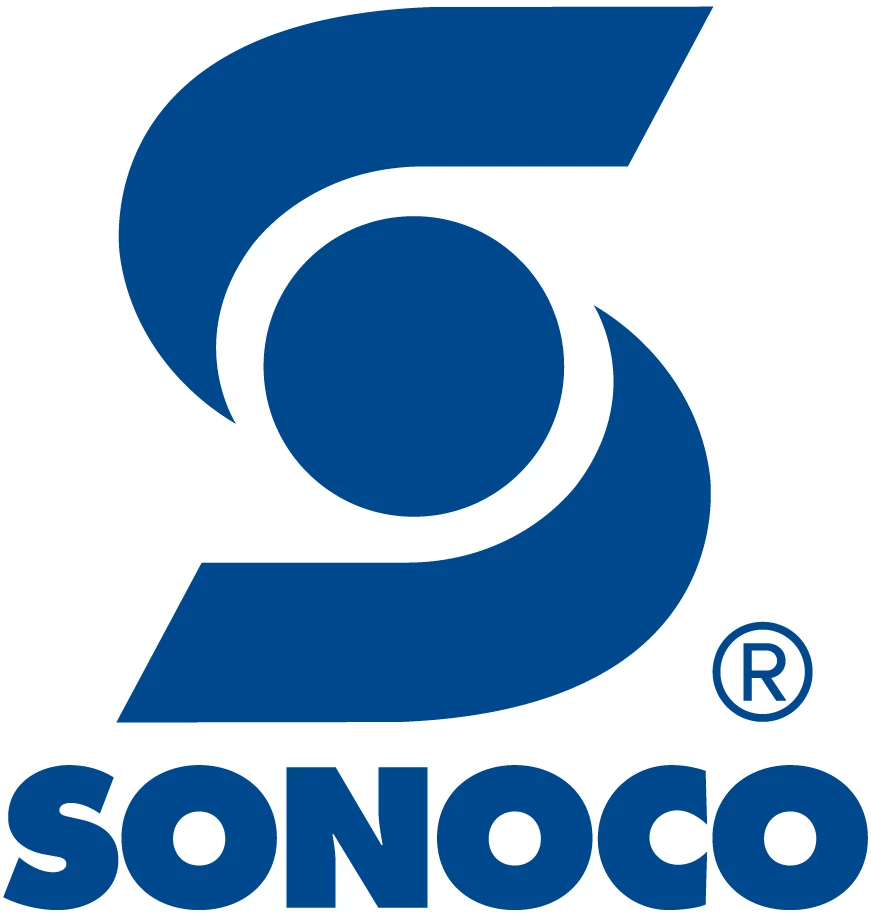Every little thing matters. Maybe you’ve heard that phrase customarily used in situations to boost your emotional wellbeing, but the truth is, that phrase fits pretty well with food packaging manufacturing too. When it comes to maximizing product line efficiency, every little thing you do matters. Overlooking small intricacies can have a detrimental effect on the entire outcome of your business. Major wins and losses can come down to millimeters.
But, you’re human. How do you anticipate inefficiencies and catch them before they derail your line? Here, we outline three mistakes to avoid to increase product line efficiency. These mistakes are especially critical to think through when launching a new product that requires a different packaging format and/or an added component to an existing format. Let’s take a look.
- Tray Structural Development
The first critical mistake to avoid is choosing trays that do not nest appropriately and messily process through the automation environment. A tray may appear perfect for your food product outside of the automation environment, but don’t press the green light until you have analyzed how the tray works with your entire line, not just the food + tray combo.
In tray structural development, consider how well your trays nest and denest. They need to maintain a gap height that provides the release necessary for your specific machinery and automation used. To ensure a tray moves with the desired strength and release qualities and fits in the entire automation environment, it is encouraged you conduct testing before committing to a specific tray format.
- Sealing Conditions Based on Equipment
Another common problem, especially when identifying a new packaging format, involves not acutely considering all the sealing conditions of your current equipment. If you introduce new designs without understanding the current output expectations of your lines, you will likely face unfavorable outcomes. These outcomes include increased costs, possible forced need to redesign packaging and loss of time – which again, also means loss of money.
To avoid adverse effects when identifying new designs, be sure to consider your production lines and all output expectations they have. Top sealed trays will need a lid to protect your product. Don’t overlook the need to understand how the existing equipment will operate with the new asset.
- Interaction of All Packaging Elements
Sometimes in development, people zero in on one packaging component but neglect the full picture. For example, say your tray, after being filled with product, requires a film and then is fitted into a sleeve. If you haven’t considered how the filled tray, film and sleeve all interact to result in the final ready-to-transport package, you could be staring at an inferior consumer-ready package.
To present your ideal look, you’ll need to ensure that every single packaging element marries up the correct way. All testing and validation must account for all equipment and the back-end automation process. If all key structural pieces marry up, you’ll be able to go to market more smoothly.
Gain a Partner and a Confidence Boost
You don’t have to experience any of the top three common mistakes that often hinder product line efficiency. Sonoco can help you avoid these roadblocks and more. When partnering with experts in the industry who can foresee potential pitfalls, you can save time and money and gain confidence. At Sonoco, we even provide a sample process so our customers can try development iterations of thermoformed parts on their lines before investing in production tooling.
Already connected to a Sonoco representative? Reach out today.
New to Sonoco but want to start maximizing your product line efficiency? Complete this form to connect now.

